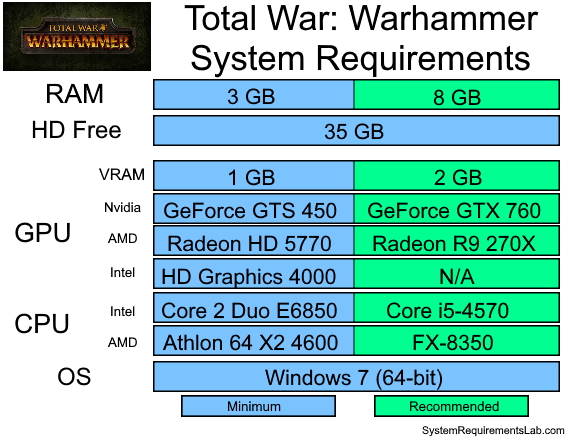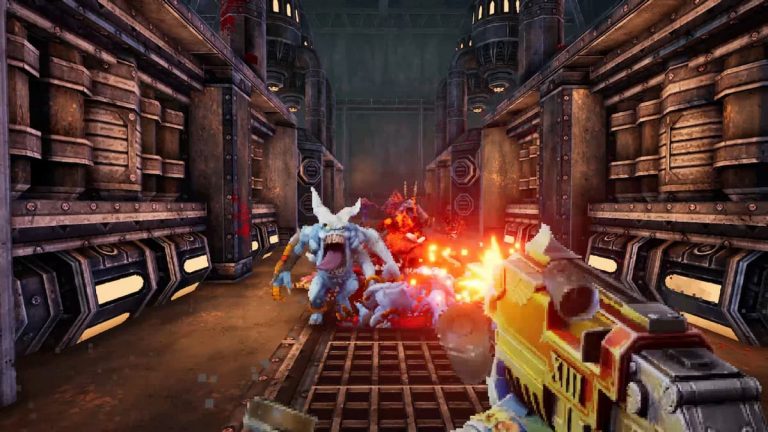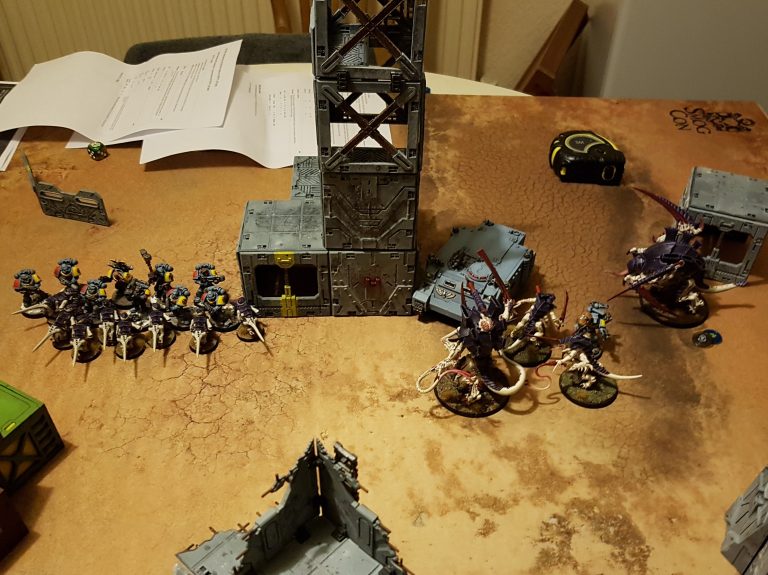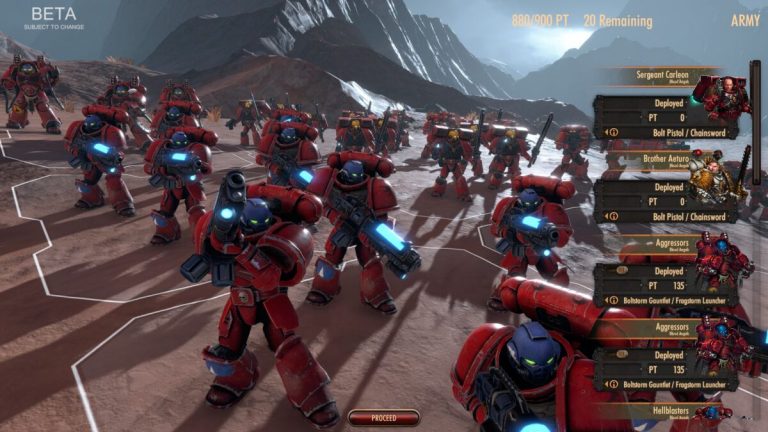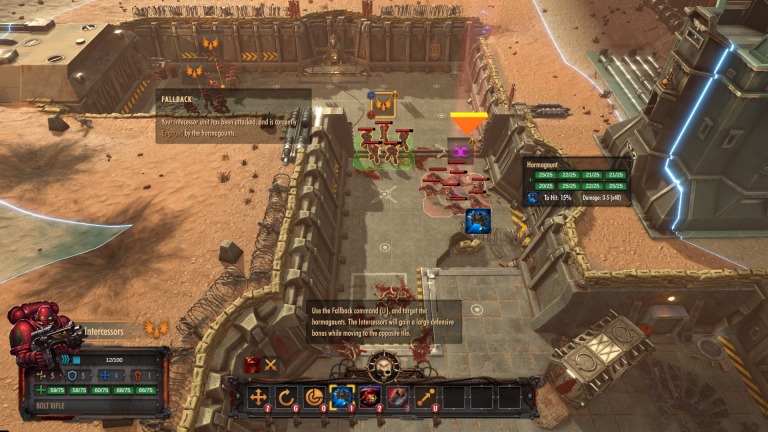Warhammer 40k Games: Creating Immersive Battle Reports
Attention, Warhammer 40k enthusiasts! Prepare for an immersive journey into the world of epic battles and strategic warfare. In this article, we will explore the art of creating immersive battle reports for your Warhammer 40k games. So grab your dice, gather your miniatures, and let’s dive into the thrilling universe of Warhammer 40k!
When it comes to Warhammer 40k games, the experience goes beyond simply rolling dice and moving miniatures. It’s about crafting a narrative, bringing your battles to life, and immersing yourself in the rich lore of the Warhammer 40k universe. Creating immersive battle reports allows you to share your epic encounters with the world while also enhancing your own gaming experience.
But how do you go about creating these immersive battle reports? Fear not, for we are here to guide you through the process. From setting the stage to capturing the most exciting moments of your battles, we will provide you with all the tips and tricks you need to create engaging and captivating battle reports that will leave your readers on the edge of their seats.
So, whether you’re a seasoned veteran or a newcomer to the Warhammer 40k universe, join us as we embark on a journey to create immersive battle reports that will bring your games to life like never before. Get ready to unleash your creativity, strategize your moves, and let the battles begin!
Creating immersive battle reports in Warhammer 40k games is essential for capturing the excitement and intricacies of the tabletop battles. To achieve this, consider using descriptive language to narrate the action, accompanied by high-quality photographs or videos. Incorporate strategic insights, player thoughts, and dice roll outcomes to provide a comprehensive account of the game. Additionally, including a visually appealing layout with clear headings and sections can enhance the overall reading experience. With these tips, you can create engaging and immersive Warhammer 40k battle reports.

Warhammer 40k Games: Creating Immersive Battle Reports
Warhammer 40k is a popular tabletop war game that allows players to command armies in futuristic battles. One of the most exciting aspects of playing Warhammer 40k is the opportunity to create immersive battle reports. These reports not only document the outcomes of the game but also tell a compelling story that engages readers and brings the tabletop battles to life. In this article, we will explore the art of creating immersive battle reports in Warhammer 40k games and provide tips on how to make them more engaging and enjoyable to read.
1. Setting the Stage
When creating an immersive battle report, it’s important to set the stage for the reader. Start by introducing the factions involved in the battle and provide some background information on their motivations and objectives. This helps the reader understand the context of the battle and creates a sense of anticipation for what is to come.
Next, describe the battlefield and terrain in detail. Highlight any unique features or obstacles that may impact the outcome of the battle. This helps the reader visualize the setting and adds depth to the narrative.
The Factions
In this battle report, we have the mighty Space Marines of the Ultramarines chapter facing off against the insidious forces of Chaos. The Ultramarines, led by Captain Titus, are fighting to defend a vital Imperial outpost from the clutches of Chaos Lord Abraxas and his Chaos Space Marines.
The battlefield is a war-torn cityscape, with crumbling buildings and twisted wreckage scattered throughout. The streets are littered with debris, making movement difficult and providing ample cover for both sides. The battle takes place at dusk, with the fading light casting long shadows across the battlefield.
2. Play-by-Play Action
Once the stage is set, it’s time to dive into the play-by-play action of the battle. Describe each turn in detail, highlighting key moments, pivotal decisions, and the ebb and flow of the battle. Use vivid language and descriptive imagery to bring the action to life and engage the reader’s imagination.
Don’t be afraid to inject some drama into the narrative. Highlight the heroic deeds of individual models, the cunning strategies employed by the commanders, and the unexpected twists and turns of the battle. This helps to create a sense of excitement and keeps the reader invested in the outcome.
Turn 1: The Opening Gambit
As the battle begins, Captain Titus surveys the battlefield, his keen tactical mind assessing the situation. He orders his Tactical Marines to take up defensive positions behind the crumbling walls of a ruined building, while his Devastator Marines set up their heavy weapons on a nearby rooftop. The Ultramarines prepare for the onslaught of the Chaos forces.
Chaos Lord Abraxas leads his Chaos Space Marines forward, their twisted bodies a stark contrast to the pristine armor of the Ultramarines. Bolter fire erupts from both sides as the battle is joined. The Ultramarines hold their ground, their disciplined ranks standing firm against the onslaught. But the Chaos forces are relentless, their attacks fueled by unholy fervor.
3. Engaging Narration
To create an immersive battle report, it’s essential to use engaging narration that draws the reader into the story. Write in a descriptive and captivating style that captures the intensity of the battle and the emotions of the characters involved. Use sensory details to paint a vivid picture in the reader’s mind and make them feel like they are right there on the battlefield.
Incorporate dialogue and quotes from the commanders and soldiers to add depth and authenticity to the narrative. This helps to humanize the characters and gives the reader a glimpse into their thoughts and motivations.
The Heroic Last Stand
As the battle rages on, Captain Titus finds himself locked in combat with Chaos Lord Abraxas. Their swords clash in a deadly dance, each blow a testament to their skill and determination. The fate of the outpost hangs in the balance as the two commanders duel amidst the chaos of war.
“Your reign of terror ends here, Abraxas!” Captain Titus shouts, his voice filled with righteous fury. “The Emperor protects, and he will not allow Chaos to prevail!”
Abraxas sneers, his eyes filled with malice. “Foolish Space Marine. The powers of Chaos are unstoppable. Your Emperor is nothing but a false god.”
The clash of blades continues, each strike bringing the combatants closer to their breaking point. The outcome of the battle hangs in the balance, and the fate of the Imperium rests on the shoulders of these two warriors.
In conclusion, creating immersive battle reports in Warhammer 40k games is a great way to bring the tabletop battles to life and engage readers in the narrative. By setting the stage, providing play-by-play action, and using engaging narration, you can create a compelling story that captivates readers and leaves them wanting more. So, grab your dice, gather your miniatures, and get ready to create some epic battle reports that will transport your readers into the grim darkness of the 41st millennium.
Key Takeaways: Warhammer 40k Games – Creating Immersive Battle Reports
- 1. Use descriptive language and storytelling to bring your battle reports to life.
- 2. Include photos or videos to enhance the visual experience.
- 3. Provide clear explanations of the rules and strategies used during the game.
- 4. Engage your audience by asking for their input and feedback.
- 5. Edit and proofread your battle reports to ensure clarity and coherence.
Frequently Asked Questions
How can I create immersive battle reports for Warhammer 40k games?
Creating immersive battle reports for Warhammer 40k games is all about capturing the excitement and narrative of the game. Here are a few tips to help you create immersive battle reports:
1. Set the scene: Start by describing the battlefield and the armies involved. Paint a picture of the terrain, the units, and the overall objective of the battle. This will help set the stage for the rest of your report.
2. Provide context: Give some background information on the factions involved in the battle. Explain their motivations, strategies, and any relevant lore that can add depth to the narrative.
3. Use descriptive language: Use vivid and engaging language to describe the action on the tabletop. Bring the battles to life by detailing the movements, attacks, and reactions of the units involved.
4. Include photographs or videos: Visuals are an important part of creating an immersive battle report. Include high-quality photographs or videos of the battle to help your readers visualize the action.
5. Add storytelling elements: Inject storytelling elements into your battle reports to make them more immersive. Introduce heroes, villains, and key moments that can create tension and excitement.
What equipment do I need to create immersive battle reports?
To create immersive battle reports for Warhammer 40k games, you will need a few essential equipment:
1. Camera or smartphone: A good quality camera or smartphone with a decent camera is essential for capturing high-quality photographs or videos of the battle.
2. Tripod or stabilizer: To ensure steady shots, a tripod or stabilizer can be helpful in keeping your camera steady during filming.
3. Lighting equipment: Good lighting is crucial for capturing clear and detailed images. Invest in some lighting equipment, such as softboxes or ring lights, to ensure well-lit shots.
4. Editing software: After capturing the footage, you will need editing software to enhance the visuals, add effects, and make the final battle report more engaging.
5. Miniature painting supplies: While not directly related to creating battle reports, having well-painted miniatures can greatly enhance the visual appeal of your reports.
How can I make my battle reports more engaging for viewers?
Making your battle reports more engaging for viewers can help keep them interested and entertained throughout the video. Here are a few ways to achieve that:
1. Be enthusiastic: Show your passion for Warhammer 40k games and let your excitement come through in your commentary. This will help captivate your viewers and make them more invested in the battle report.
2. Provide strategic insights: Explain your thought process and the strategies behind your moves. This can help viewers understand the tactics involved and learn from your gameplay.
3. Use visual aids: Incorporate graphics, annotations, or overlays to highlight key moments, important units, or specific rules. This can make the battle report more informative and visually appealing.
4. Engage with the audience: Encourage viewer participation by asking questions, inviting comments, or creating polls. This can foster a sense of community and make viewers feel more involved in the battle report.
5. Edit for pacing: Keep the battle report engaging by editing out any slow or repetitive parts. Focus on showcasing the most exciting moments and keep the pacing brisk to maintain viewer interest.
What are some common mistakes to avoid when creating immersive battle reports?
When creating immersive battle reports for Warhammer 40k games, it’s important to avoid certain common mistakes that can detract from the overall experience. Here are a few mistakes to watch out for:
1. Lack of preparation: Failing to plan and prepare can result in a disorganized and confusing battle report. Make sure you have a clear understanding of the rules, the armies involved, and the narrative you want to create.
2. Poor audio quality: Bad audio can make it difficult for viewers to follow the commentary and diminish the overall viewing experience. Invest in a good microphone to ensure clear and crisp audio.
3. Overly long videos: While it’s important to provide enough detail, excessively long battle reports can lose viewers’ interest. Try to keep the length of your videos reasonable and focus on the most exciting moments.
4. Lack of variety: Using the same format or style for every battle report can make them feel repetitive. Experiment with different approaches, such as narrative storytelling, analysis, or themed reports, to keep things fresh and engaging.
5. Neglecting the narrative: Immersive battle reports should have a compelling narrative that draws in the viewers. Don’t just focus on the gameplay mechanics; take the time to craft a story that captures the imagination of your audience.
Do I need to have a deep understanding of Warhammer 40k lore to create immersive battle reports?
While having a deep understanding of the Warhammer 40k lore can certainly enhance your ability to create immersive battle reports, it is not a strict requirement. You can still create engaging and immersive battle reports by focusing on other aspects:
1. Visual storytelling: Use descriptive language, engaging visuals, and dynamic camera angles to bring the battles to life, even if you don’t have an in-depth knowledge of the lore.
2. Strategic analysis: Provide insightful commentary on the tactical decisions and strategies employed during the battle. This can be appealing to viewers who are more interested in the gameplay aspect rather than the lore.
3. Collaborate with others: If you lack expertise in the lore, consider collaborating with someone who has a deeper understanding. This can add depth to your battle reports and provide a more immersive experience for your viewers.
4. Research and learn: Take the time to research and learn about the lore as you create your battle reports. This will help you gradually build your knowledge and incorporate more lore-related elements into your reports over time.
Remember, the key is to create an engaging and immersive experience for your audience, whether or not you have an extensive understanding of the Warhammer 40k lore.
Realistic Warhammer Battle Report…
Final Thought: Creating Immersive Battle Reports for Warhammer 40k Games
So there you have it, fellow Warhammer 40k enthusiasts! We’ve explored the world of immersive battle reports and how they can elevate your gaming experience to a whole new level. By incorporating HTML snippets into your reports, you can add visual elements, dynamic animations, and interactive features that bring your battles to life.
But it’s not just about the aesthetics. Immersive battle reports also allow you to engage your audience in a more captivating way. By providing a detailed narrative, strategic insights, and exciting play-by-plays, you can transport your readers right onto the battlefield, making them feel like they are part of the action. And let’s not forget the SEO benefits of creating engaging content that keeps readers on your page longer, increasing your chances of ranking higher on Google.
So, whether you’re a seasoned battle report creator or just starting out, don’t be afraid to experiment with HTML snippets and other creative elements. Let your imagination run wild and give your audience a gaming experience they won’t soon forget. Get ready to conquer the digital battlefield with immersive battle reports that will have both your readers and search engines coming back for more. Let the games begin!

